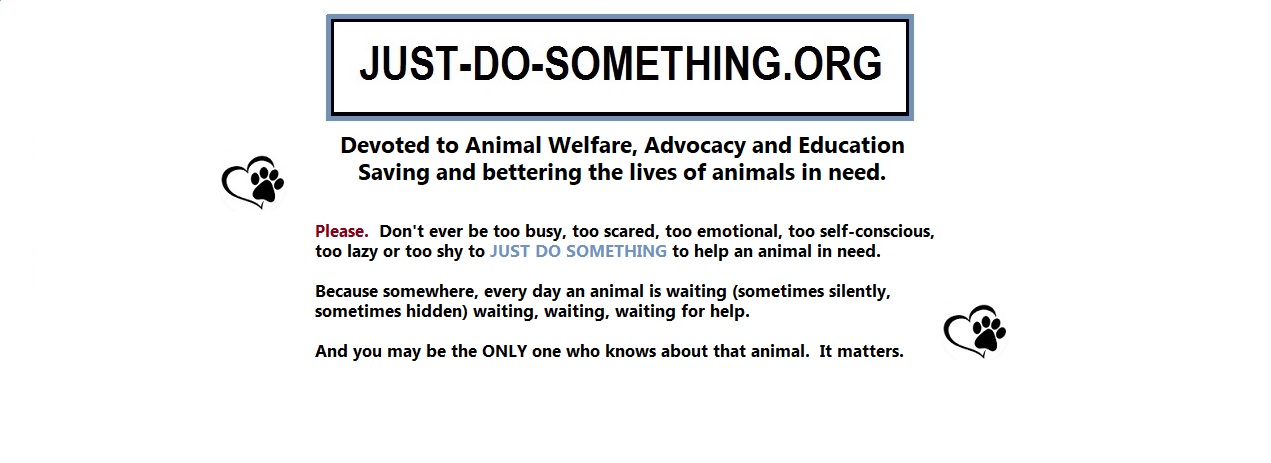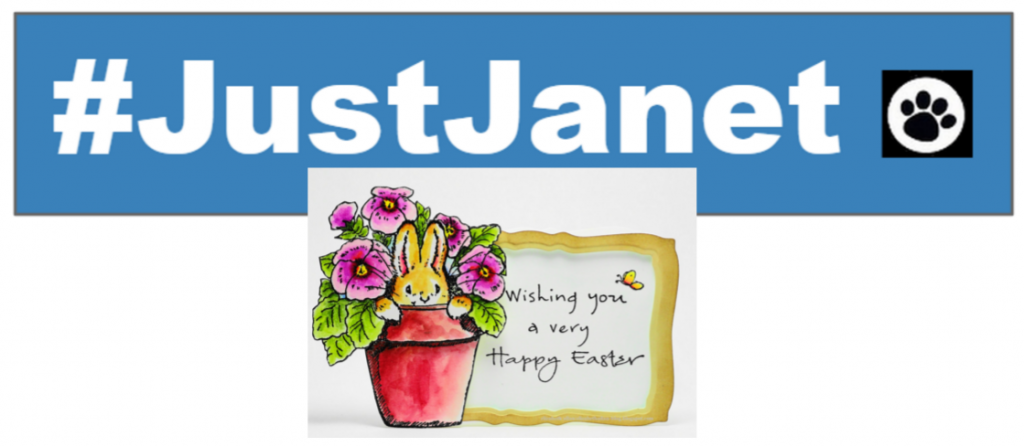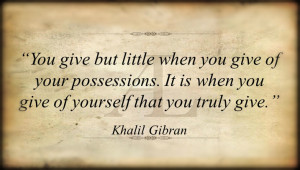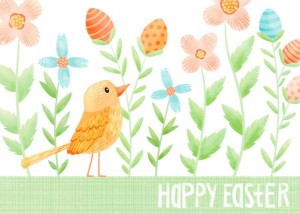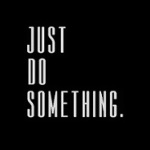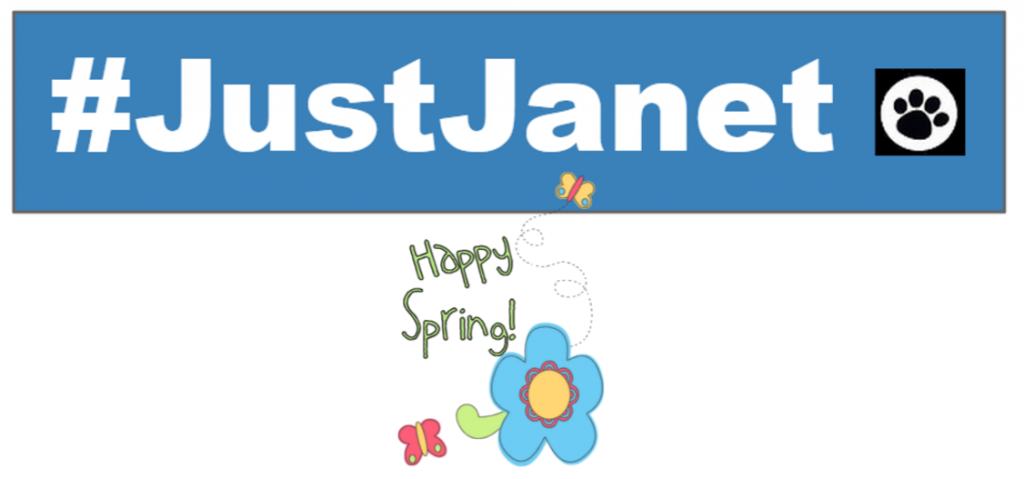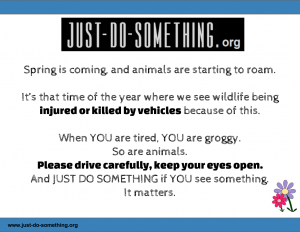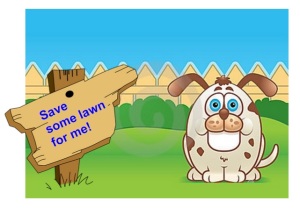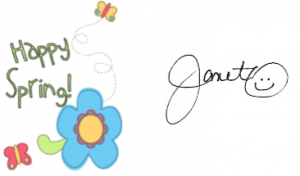
It’s time to think differently about conservation
The past 18 months have been remarkable. As most would know, I campaigned my local MP to create a global first. Australia announced in March 2015 that it would ban the importation of lion trophies and body parts…well before the death of Cecil. France has recently done the same.
How this came about is because I believed and trusted my guidance. Scientists will scoff, trophy hunters will tell you I’m crazy, politicians will say I’m not a normal activist and they’re right, I don’t fit any particular mould.
I’ve always deeply loved and spoken up for nature and animals. Even as a little girl while on a family holiday off the Western Australian coast, my father and his friend decided to ride the turtles: I wept and told them that they were “interfering with nature”. I was born with an innate sense of justice and I’ve been fierce in that.
A spiritual traveller, questing for deeper meaning and purpose, but never dreaming I’d find myself working on wildlife issues, assisting the Australian Government.
What ignited my heart and a love for Africa was attending a workshop at Global White Lion Protection Trust in Timbavati, South Africa. Hosted by Linda Tucker, the Trust founder, and Andrew Harvey, author and Sacred Activist teacher. The first morning out we surprised the Royal Pride, the founding family of white lions of this project, they sat bolt upright and engaged. I was absolutely overwhelmed by the immense beauty and presence of these magnificent white lions. I’d never seen or imagined anything like it. But what was pivotal was that one of the young males locked eyes with me and I was pierced through, my heart broken wide open.
Back at camp Linda talked about the threats facing Africa’s lions and specifically white lions as they are targeted by trophy hunters, obviously because of their stunning beauty and high trophy value. She also described the horrors of canned hunting which I’d never heard of and to say that I was white with rage is to put it lightly. In my disgust and despair Andrew Harvey looked at me and said something like this; “now that you’ve been brought to your knees by your righteous indignation, your rage, your disbelief and sorrow, I want you to take that heartbreak and turn it into passionate action fuelled and informed by your heart”.
I returned to Australia, sharing what I knew about the plight of Africa’s lions, signing petitions and the like. But it wasn’t until December 2012 (and many know the significance of that date) when I was again at the Global White Lion Trust for a gathering of people from around the world, including Pippa Hankinson, her history in conservation, specifically lions, led her to produce the recently released film on canned hunting, Blood Lions. We left Timbavati knowing we had to do more and get very serious about it.
On these early trips it became blatantly obvious that Africa, and more specifically her wildlife, is under siege as wildlife is intensely commodified. I needed to contribute, I needed to do something!
I’ve attended workshops with people like Anna Breytenbach (interspecies communication), Jon Young (deep nature connection), Alwyn Myberg (bird language) and one thing is for sure, we better well start listening (deeply) to nature if we’re to stop the race to extinction.
Should conservation be the responsibility of conservationists only and if so, why are so many species facing extinction? Is it the responsibility of scientists, activists, ecologists or governments? Whilst all are absolutely necessary and I am so very grateful to those that work in these incredibly confronting and challenging fields, I accomplished something that, even in the week leading up to the announcement, was declared impossible.
I have a background in design and a few years back attended a government led workshop where designers were engaged by big business. Creatives see what others don’t – musicians, poets, writers, artists, mystics, philosophers…we view the world differently. Bring those eyes into an organisation or a problem and hey, opportunities, possibilities, ideas are uncovered which are often overlooked because everyone is busy getting the day to day done.
I’m testament that the old rules of engagement don’t necessarily apply. We need creative partnerships – to think outside the usual constructs and safe zones if we’re to manifest radical, passionate action which cuts through old limitations and just maybe, create a bit of magic. We don’t have time for further reporting or consultation – it’s been done to death and we’re losing our wildlife because of human bureaucratic process.
I navigated the work with the Federal Government as it presented – no training or experience in strategy, conservation or policy and certainly no attachment to outcome, just being courageous and being prepared to learn along the way. I know I was guided once I completely committed to the process and I was blessed to have Ian Michler (internationally respected conservationist and investigative journalist) and Pippa Hankinson mentor me.
A great initiative that is currently brewing is listing lions as a World Heritage Species – it’s brilliant and necessary. But of course, we are in this predicament because we haven’t been able to stay connected to nature; we have forgotten that intrinsically we are part of the web of life.
Wildlife belongs to the planet, not to any government, individual, organisation, corporate or group – animals have a right to exist, on their ancestral or endemic homelands as part of their specific ecosystems and the greater ecology. Commoditizing wildlife will be our undoing.
Moving species to other countries to save them, to live in captivity is not conservation, it’s desperation, In certain instances its a bid to use an old paradigm to mask lucrative wildlife trade. We’re on dangerous ground when we continue to mess with the natural order of things. It’s time to drop our arrogance and allow nature to inform us and we must return to our rightful place as guardians not gods.
We are racing extinction and the truth is, if the animals go so do we. What I ask myself everyday is what am I going to do about it – we all having something unique and practical to contribute.
I don’t know how to save the world. I don’t have the answers or THE answer. I hold no secret knowledge as to how to fix the mistakes of generations past and present. I only know that without compassion and respect for all of Earth’s inhabitants, none of us will survive, nor will we deserve to.

– Donalea Patman
Having travelled throughout her life the most defining and memorable moments have always involved animals. A passionate advocate for sentient beings, she has always held a deep love of nature.
A lifetime interest and study of personal development and spirituality lead to her involvement in Sacred Activism. Donalea launched For the Love of Wildlife to create a professional platform to campaign the plight of animals in Africa, Australia and New Zealand, raising awareness of the destructive forces annihilating the natural world.
Connect to For The Love of Wildlife on Facebook and Twitter; E-mail them at fortheloveofwildlife@gmail.com for more information.
